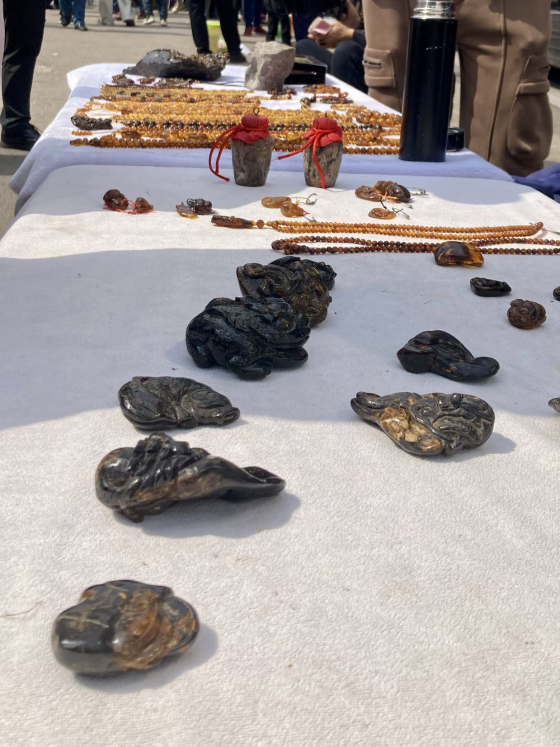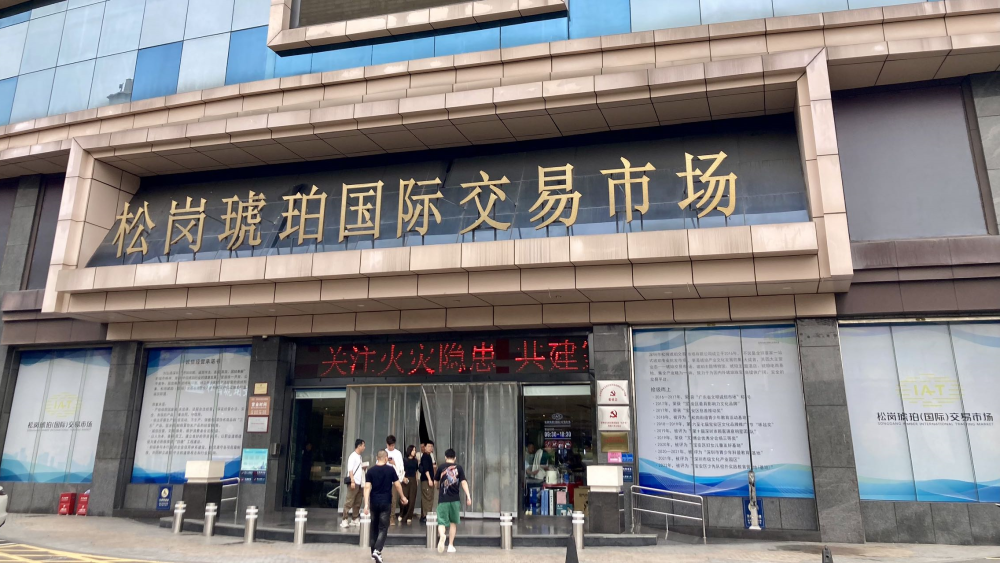The International Palaeoentomological Society’s conference was hosted by the Nanjing Institute of Geology and Palaeontology, Chinese Academy of Sciences, in Xi’an, in April 2024. As it gathered palaeontologists, particularly those working with amber inclusions, Yayi attended it as a part of her preliminary fieldwork to learn about how they research amber. Yayi also joined the conference’s field trips to fossil sites near Xi’an, in which she learnt about the strata where fossils might be found, as well as observing how palaeontologists looked for and discussed fossils in the field.

Besides the conference, Yayi visited Fushun, Nanjing, and Shenzhen, where amber has been mined, studied, and/or traded. Among these potential field sites, Fushun, a city in northeastern China known for its coal mines, has a history of amber mining and trading dating back to the early 1900s. The production and circulation of Fushun amber span over the late Qing dynasty, Japanese invasion, as well as periods both before and after Chinese economic reforms. It is through the Eocene Fushun amber that You-Chong Hong (1929-2019), the pioneer of Chinese palaeoentomology, made important discoveries about past Asian insect fauna. Since 2019, the West Open-pit Coal Mine, where amber was found, has been closed. Yet, carving and selling amber continue to be part of local livelihoods amidst the economic downturn and energy transition in northeastern China.

In contrast, the amber industry in Shenzhen has developed only in recent decades. Introduced by businessmen from Taiwan in the 1990s, the amber market in Shenzhen has since been growing and now become a hub for Baltic amber, Dominican amber, and Mexican amber in China. Yayi spoke with traders in this market and learnt about how their network is organised locally while extending abroad.
